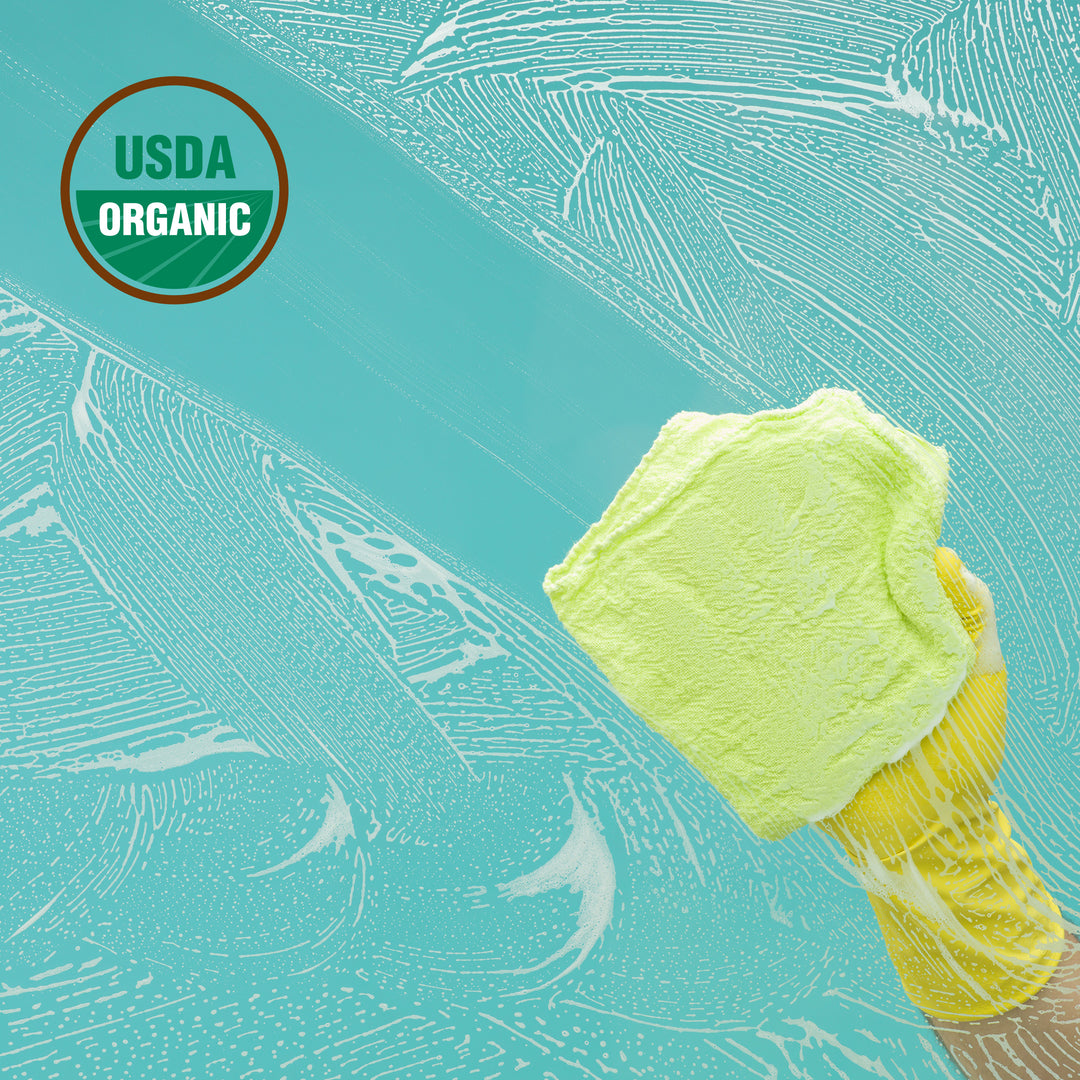How to Determine Alcohol Concentration ABV for Hand Sanitizer & Disinfectant Recipes
Not all alcohol is the same concentration, it is important to know the concentration of the alcohol you are using so you can mix other ingredients accordingly. Why is this important? Because if you are making hand sanitizer or disinfectant spray and your alcohol concentration falls below CDC recommended guidelines, you could be spreading germs and instead of killing them!
Before performing any recipe, it is critical to understand the ingredients that are being used.
Step 1 Determine the Type of Alcohol on hand.
Alcohol comes in many varies, at different concentrations, and with or without "additives" called denaturation. The most popular and commonly used alcohol varieties are:
Ethyl Alcohol - Commonly referred to as "ethanol". This product is the same alcohol found in beverages and can lead to intoxicating effects if consumed. Ethanol is commonly sold as "denatured" or "nondenatured", more details on the difference of that designation here. Culinary Solvent is 100% nondenatured. There are many non-beverage applications for ethyl alcohol, here's a list of some of the uses.
Isopropyl Alcohol - Commonly referred to as "rubbing alcohol", this product is available at drug stores and pharmacies and is used in many applications and industries primarily for disinfection and degreasing of materials, surfaces, and human skin. Hospitals, doctors' offices, dentists, tattoo parlors, and industrial manufacturers are all primary users of isopropyl alcohol.
Step 2 - Determine the Concentration of Alcohol on hand.
Both ethyl alcohol and isopropyl alcohol can be manufactured and sold at full strength, meaning 100% alcohol by volume, or ABV. While we manufacture and sell pure 100% ABV ethanol, it is rare to find 100% isopropyl. The most popular alcohol concentrations available for sale are listed below:
Common Ethyl Alcohol Concentrations
*ABV is too low, and should not be used for making sanitizer or disinfectant.
Isopropyl Alcohol Concentrations
- 99.9% Isopropyl
- 90% Isopropyl
- 70% Isopropyl
Step 3 - Check the label for the listed ABV
Check the front, back, and side labels, the ABV will be indicated somewhere.
The ABV of isopropyl is typically on the front of the bottle in big numbers printed in high contrast to the background. The ABV of ethanol can be found on either the front or the back of the label and may be indicated in either % alcohol or "proof". How to calculate ABV from proof.
Now I know my ABV, what next?
After determining the type of alcohol you have on hand, proceed to the correct recipe below which has developed to ensure the final mixed alcohol by volume does not go below the CDC recommended minimum of 70% for disinfectant and 60% for hand sanitizer.














